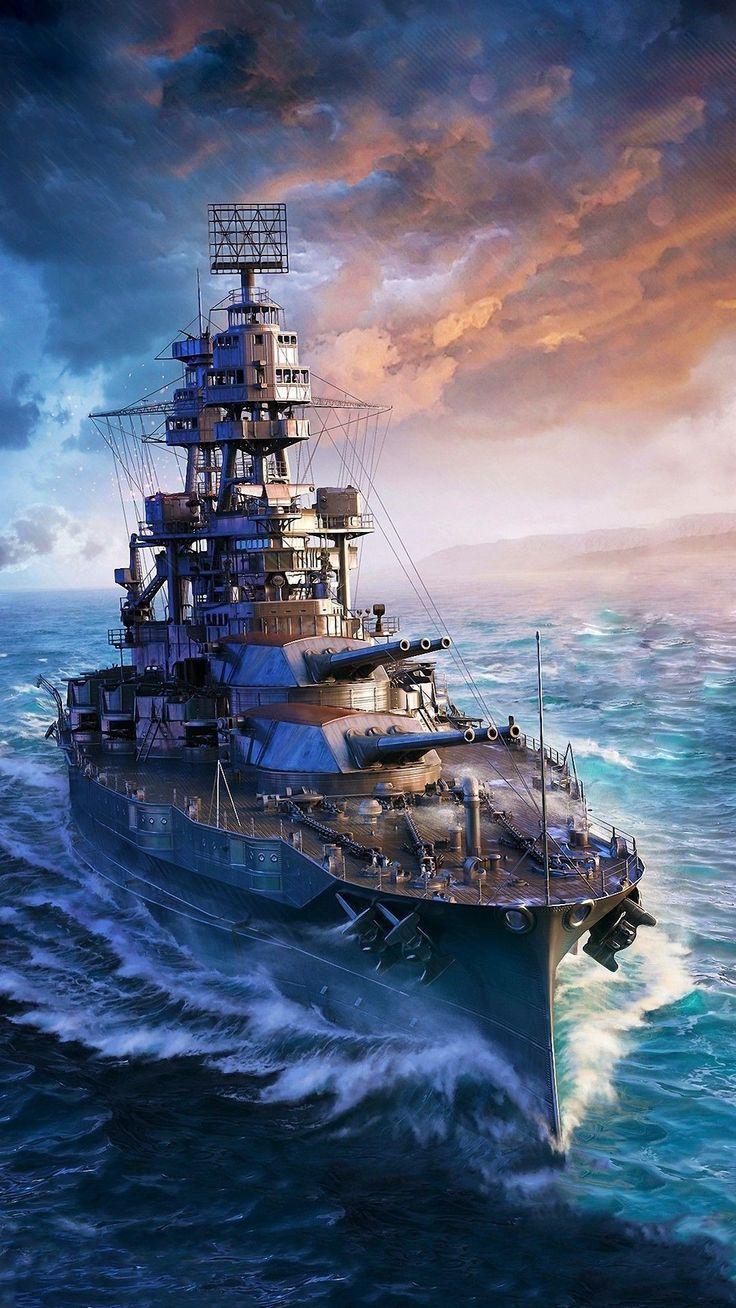Navies around the world are undergoing strategic overhauls to adapt to rising tensions, evolving technology, and a renewed focus on maritime dominance. The year 2025 stands as a critical period where naval power is not just about fleets and firepower but also about cyber resilience, unmanned systems, and global partnerships. In this deep-dive, TheVeza brings you the 10 Essential Navy Current Affairs for 2025 that are making waves in the defense domain.
1. Indo-Pacific Naval Realignments
The Indo-Pacific remains a strategic hotspot in 2025. With rising tensions in the South China Sea, countries like India, Japan, Australia, and the United States are enhancing interoperability through joint exercises such as RIMPAC 2025 and Malabar 2025. These naval realignments signify a stronger maritime posture to ensure freedom of navigation and maritime security.
2. The Rise of AI and Autonomous Fleets
Artificial Intelligence (AI) has revolutionized naval operations in 2025. The U.S. Navy’s “Ghost Fleet Overlord” project and the UK’s Royal Navy’s autonomous warships demonstrate a pivot to unmanned and AI-powered fleets. These systems enhance surveillance, reduce human risk, and offer next-gen combat readiness.
3. Climate Change and Arctic Naval Strategies
Melting Arctic ice has opened new shipping lanes and strategic vulnerabilities. Nations including Russia, Canada, and the U.S. have expanded their naval presence in the Arctic, triggering a new age of “cold diplomacy.” This issue blends environmental concerns with naval preparedness.
4. Expansion of the Indian Navy
India's naval ambitions continue to grow in 2025, with new aircraft carriers such as INS Vishal entering the final design phase, and indigenous submarines under Project 75 Alpha showing promise. With “Act East” policies and maritime cooperation, India is redefining its presence in regional waters.
5. Cyber Warfare at Sea
Naval cyber command units have become integral. In 2025, naval cybersecurity is no longer a backend function. From GPS spoofing to cyber espionage, navies are investing heavily in electronic warfare capabilities and satellite-driven secure communications to stay ahead of potential adversaries.
6. NATO’s Naval Revamp in Response to Russian Activity
Following continued unrest in Eastern Europe and Russian naval expansion in the Baltic and Black Seas, NATO has deployed advanced patrols and surveillance missions to strengthen its maritime flank. Exercises like Sea Guardian 2025 reflect NATO's updated maritime doctrine and presence.
7. Green Navy Initiatives
As part of global sustainability drives, navies are embracing green technologies. The French Navy has tested hybrid propulsion systems, and the U.S. Navy has committed to a 30% emission cut by 2030. Biofuels, solar integrations, and electric warships are beginning to redefine naval architecture.
8. South China Sea Escalations
Ongoing tensions over artificial islands and contested waters have kept the South China Sea in headlines. Naval patrols by ASEAN members, joint US-Philippines exercises, and frequent Chinese deployments make this region a flashpoint for conflict and diplomacy.
9. The Emergence of the African Maritime Coalition
In a surprising but strategic shift, African nations led by Nigeria, South Africa, and Kenya have formed a Pan-African Maritime Security Alliance. The coalition aims to combat piracy, illegal fishing, and smuggling while promoting trade security along Africa’s vast coastlines.
10. Naval Space Integration
2025 has seen remarkable progress in the integration of space assets into naval operations. From satellite reconnaissance to maritime space launches, navies are leveraging space-based tools for enhanced command and control, especially in remote oceans and conflict zones.
Conclusion: Anchoring the Future
The naval domain in 2025 is more than ever a convergence of strategy, technology, environment, and diplomacy. These 10 Essential Navy Current Affairs curated for TheVeza showcase how modern navies are evolving beyond traditional definitions to remain dominant and resilient in a changing world. As we sail into the rest of this transformative decade, staying updated on such developments is essential—not just for nations but for all who rely on the global maritime system.

